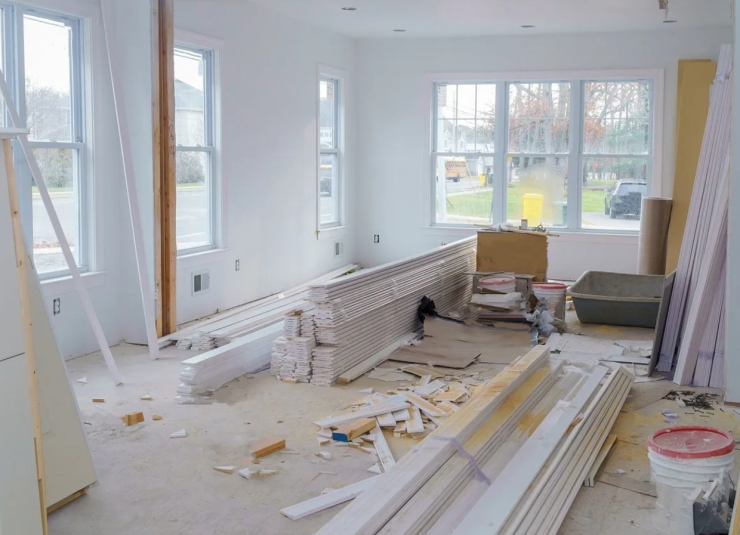The Ultimate Guide to Buying a Fixer-Upper Home
Thinking about buying a home that needs a little (or a lot of) love? Fixer-uppers can be a great way...

Your home should be your sanctuary—but for over 40 million Americans living with a disability, standard home layouts often create barriers to comfort, independence, and safety. Planning accessible home upgrades can feel overwhelming at first, but knowing where to begin and what resources are available can make the process much smoother.
This guide will walk you through essential accessibility upgrades for key areas of your home and point you toward helpful organizations and tools to get you started.
Every person’s needs are unique—so there’s no universal blueprint for accessible design. But certain areas of the home tend to be more critical when planning for mobility or safety needs:
🔹 Bathroom
Often the most hazardous room in a home, bathrooms need special attention to reduce the risk of slips and falls.
🔹 Kitchen
For those who want to maintain independence while cooking, an accessible kitchen layout with easy-to-use features is essential.
🔹 Entrances & Stairways
Smooth transitions into and throughout the home are key—especially for wheelchair users or anyone with limited mobility.
Within each space, there are specific upgrades that can dramatically improve safety and ease of use. Let’s break them down.
• Walk-In or Roll-In Showers: Level-entry showers reduce trip hazards and make bathing safer and easier for wheelchair users.
• Grab Bars: Secure bars near toilets, tubs, and showers offer much-needed support and confidence.
• Lowered Sinks & Vanities: Allows seated users to comfortably reach sinks and countertops.
• Wider Doorways & More Floor Space: Makes the bathroom more maneuverable for mobility devices.
Need more ideas? Check out our full Bathroom Safety Guide for Seniors.
• Lowered Counters & Cabinets: Countertops 28–34 inches high and pull-out drawers help make cooking more accessible.
• Touch-Activated Faucets: A great option for people with limited strength or dexterity.
• Repositioned Power Outlets: Lowering outlets makes plugging in appliances easier and safer.
Essential Mobility Upgrades
• Wheelchair Ramps: Exterior ramps are one of the most common modifications, making home entry safe and seamless.
• Stair Lifts or Home Elevators: A stair lift is more affordable and easier to install, while an elevator adds convenience for multi-story homes.
Planning to age in place? Learn about additional upgrades to make your home comfortable for the long term in our Aging in Place Guide.
The cost varies depending on the scope of your project, but expect to spend between $5,000–$9,000 on average. This typically covers the most necessary upgrades for mobility, such as wider doorways, ramps, or bathroom adjustments.
To ease the financial burden, consider these resources:
• U.S. Department of Veterans Affairs: Offers grants for building or modifying homes for disabled veterans.
• Rebuilding Together AmeriCorps: Helps families across the U.S. with accessibility-focused home improvements.
• USDA Rural Housing Repair Loans and Grants: Available to low-income homeowners aged 62+.
• National Council of State Housing Agencies: Find local programs in your state that provide funding or assistance.
When hiring a contractor, experience matters. Look for professionals who specialize in accessible home renovations:
• Accessible Home Improvements of America (AHIA): A network of contractors skilled in independent living solutions.
• Certified Aging-in-Place Specialists (CAPS): A designation by the National Association of Home Builders indicating advanced training in accessibility remodeling.
Making your home safer and more functional doesn’t have to be a massive challenge. With the right plan, team, and resources, you can transform your space into one that supports comfort, dignity, and independence—whether for yourself or someone you love.
Your home should be your sanctuary—but for over 40 million Americans living with a disability, standard home layouts often create barriers to comfort, independence, and safety. Planning accessible home upgrades can feel overwhelming at first, but knowing where to begin and what resources are available can make the process much smoother.